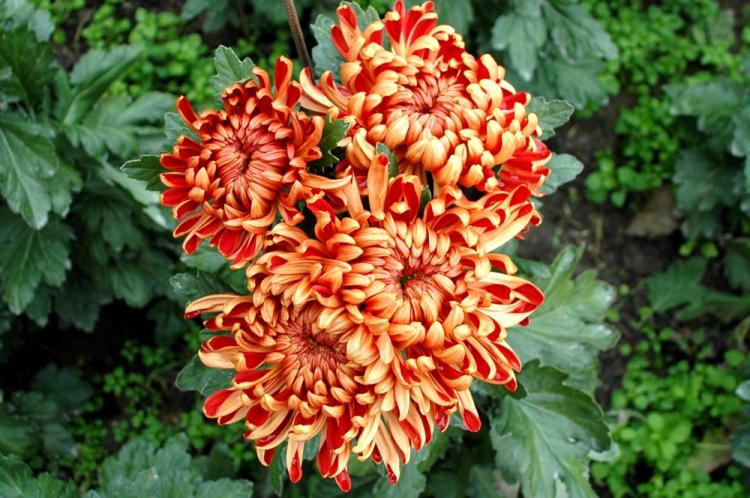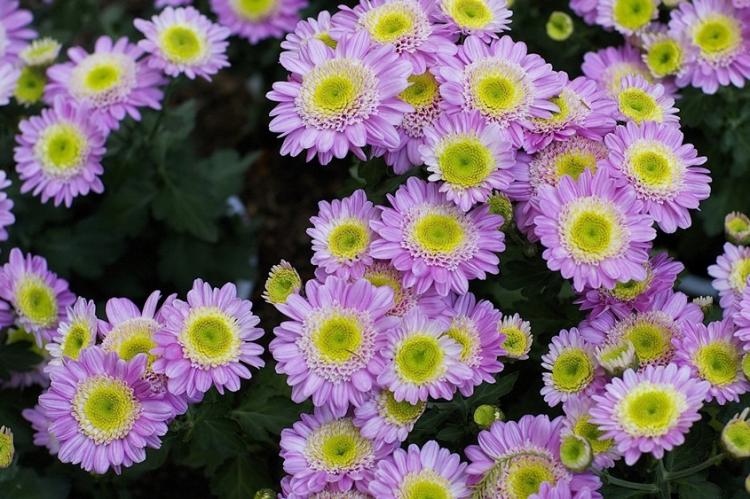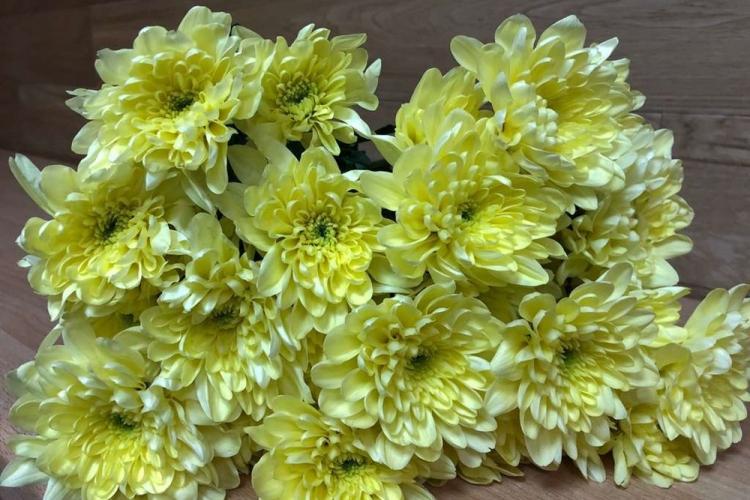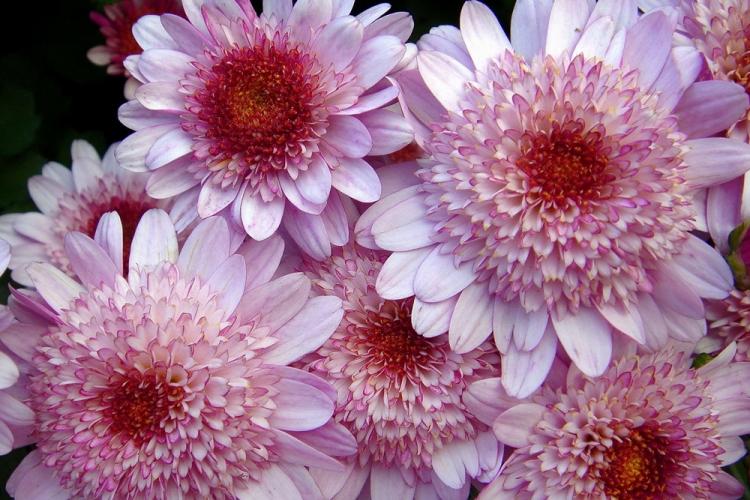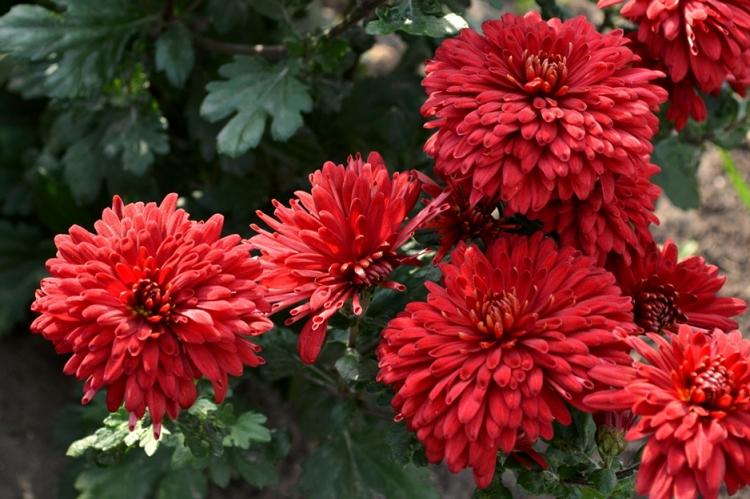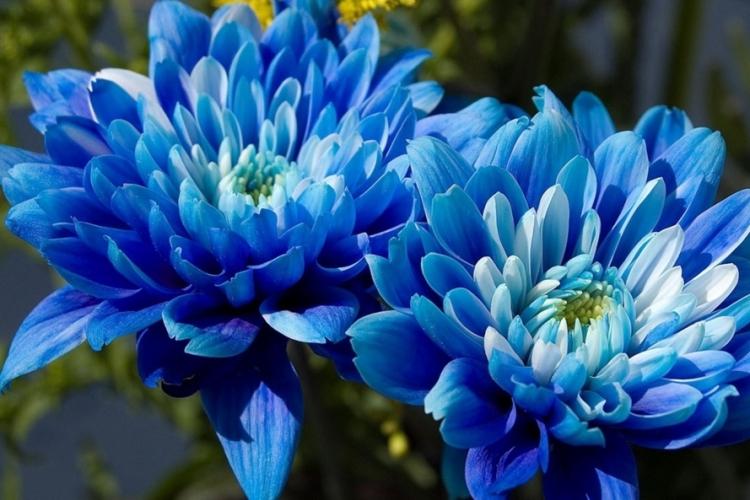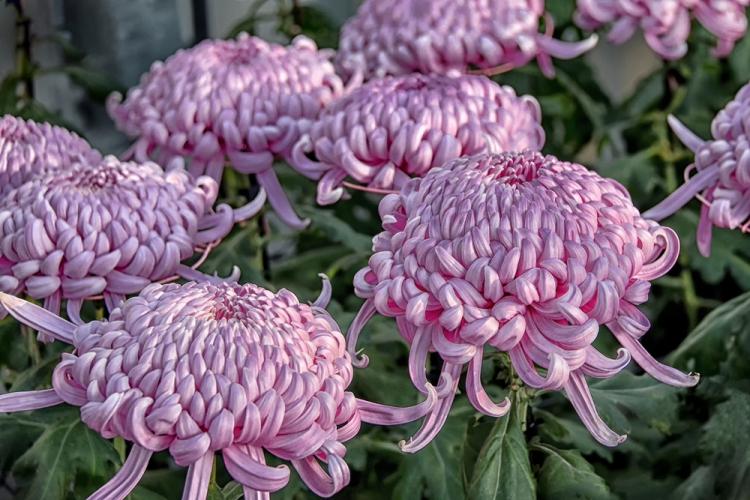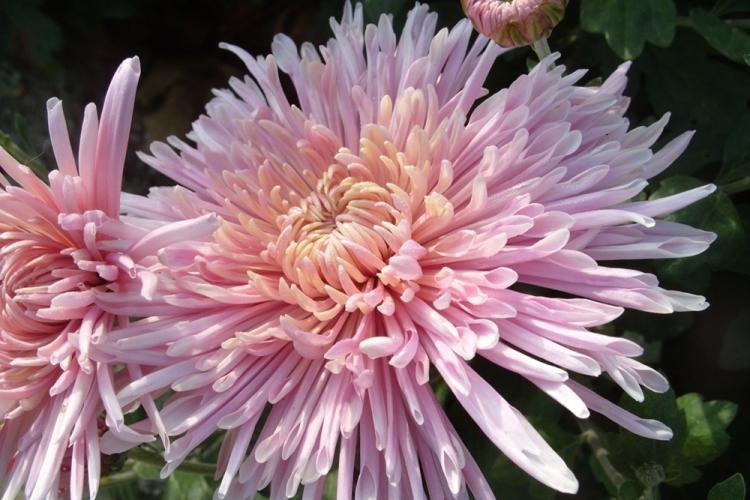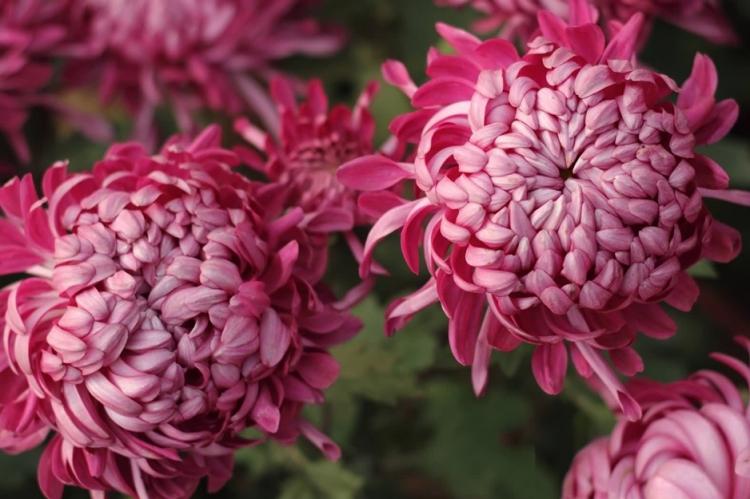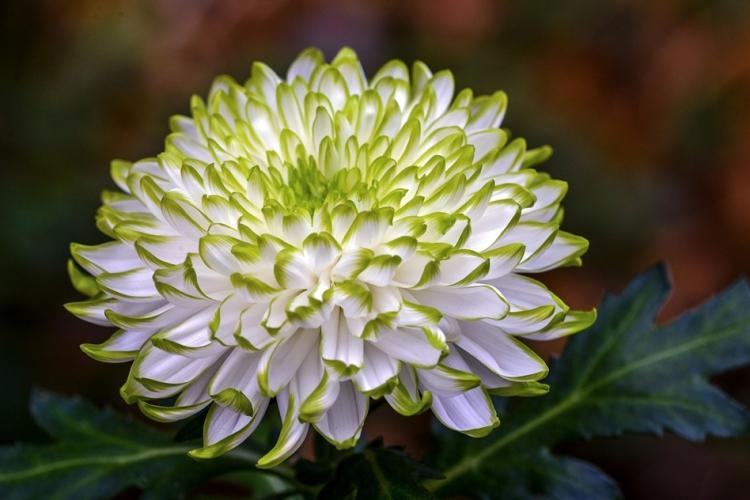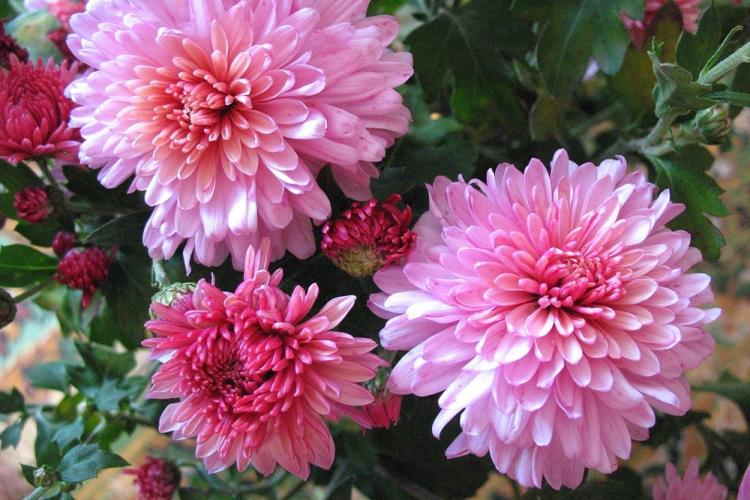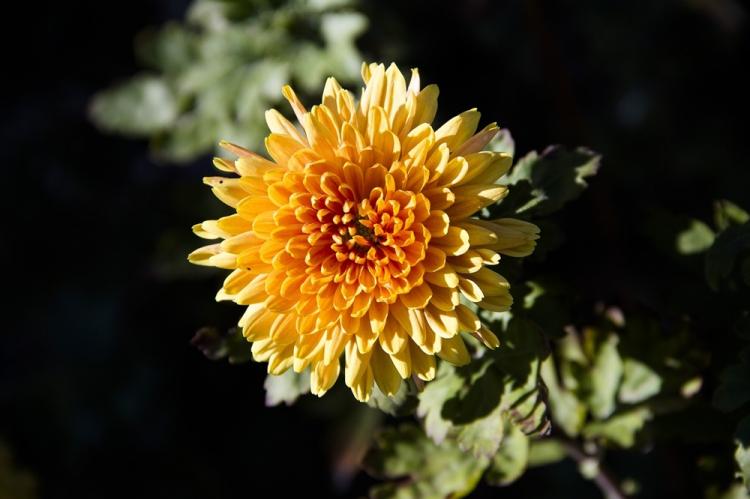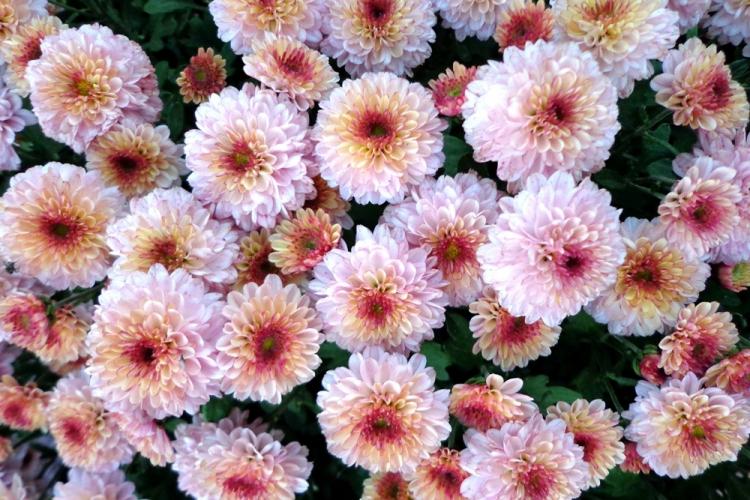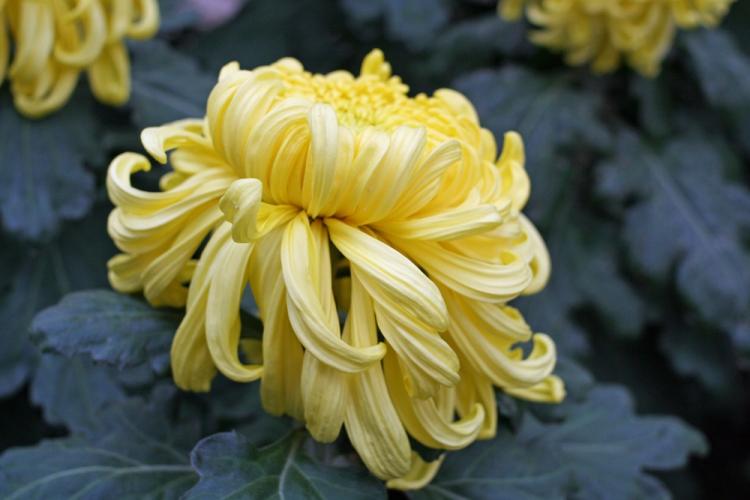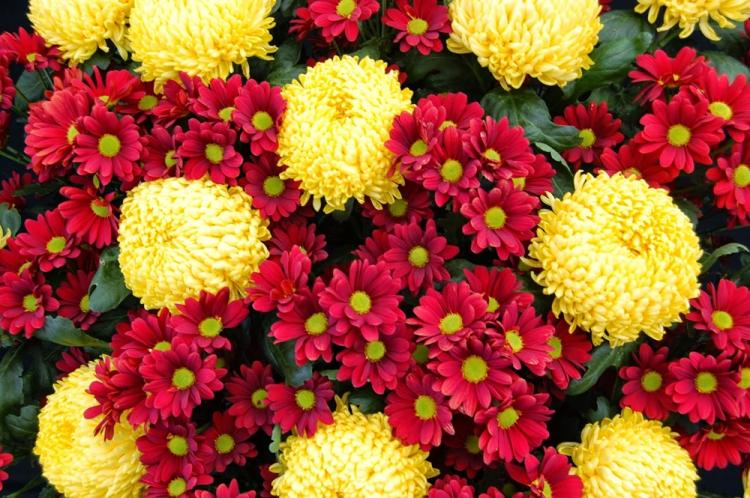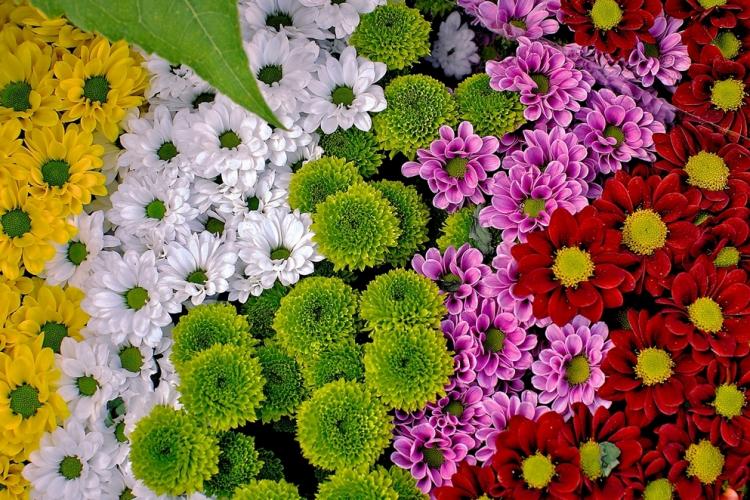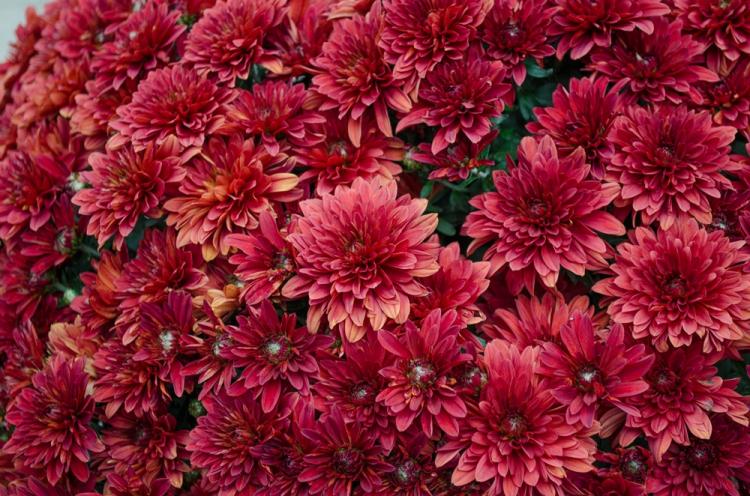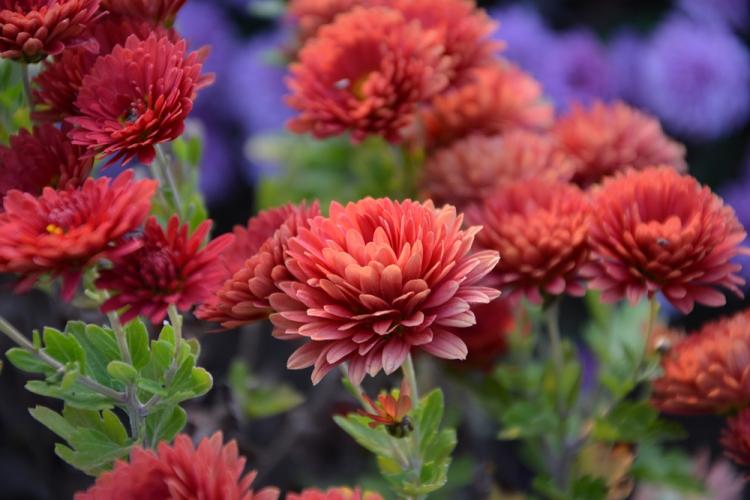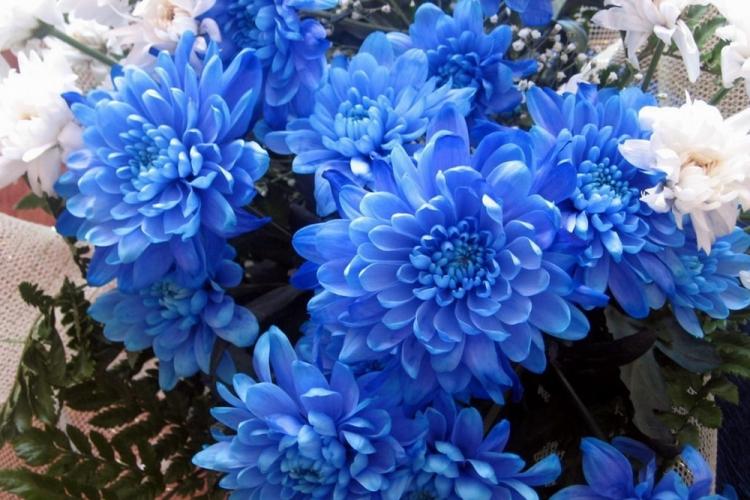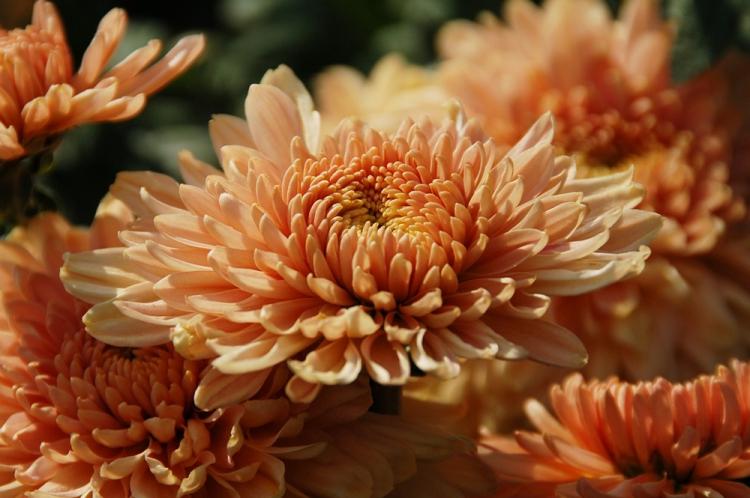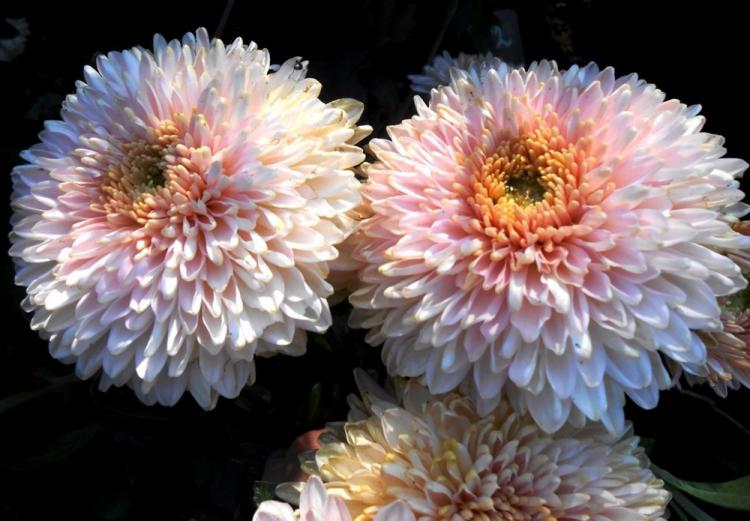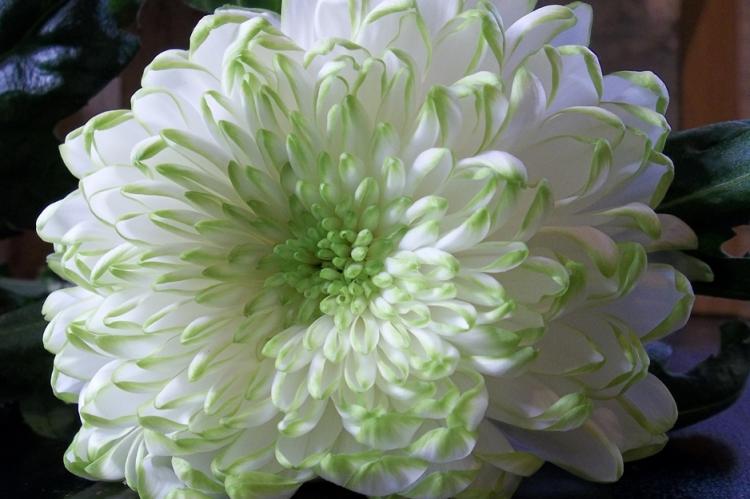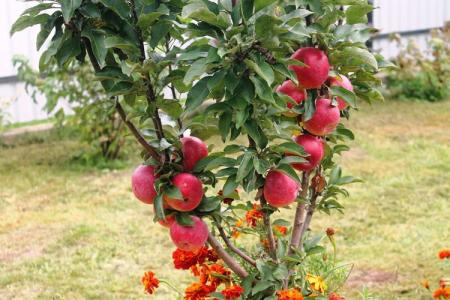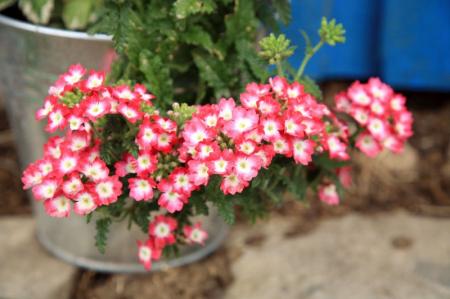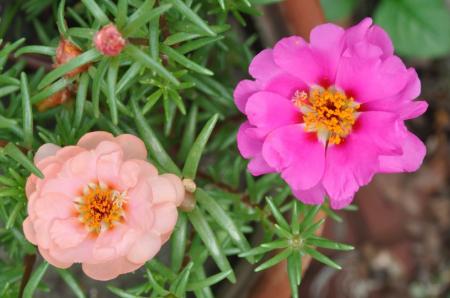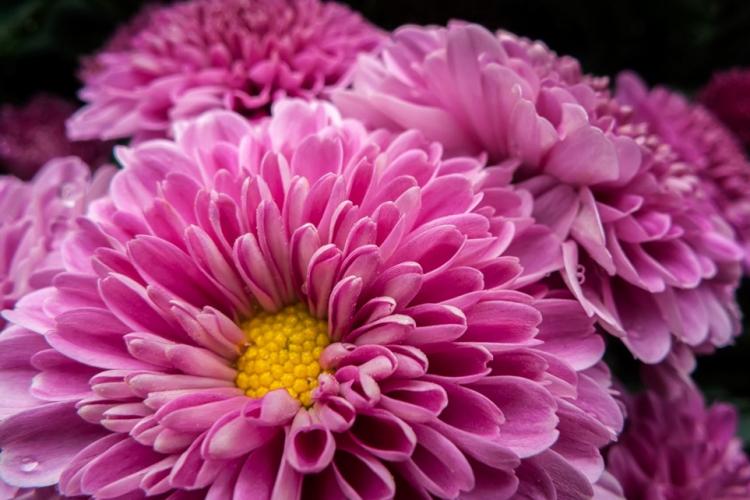
One Chinese philosopher said: "If you want to be happy all your life, grow chrysanthemums." Such simple and graceful flowers have inspired poets, artists and even emperors since ancient times. Now chrysanthemums are found everywhere, because the variety of their species is almost impossible to count. If you love bright, colorful and elegant flower beds in the garden - then pay attention to them!
general characteristics
The name "chrysanthemum" literally translates as "Golden flower". It was given by Karl Linay in 1753, and it is still the most accurate description of the ancient varieties. After all, even ancient Chinese prints show small yellow flowers that resemble daisies.
The first chrysanthemums were used in cooking, medicine and even winemaking for the preparation of festive drinks. It was believed that they give vitality, help with headaches, and give energy.
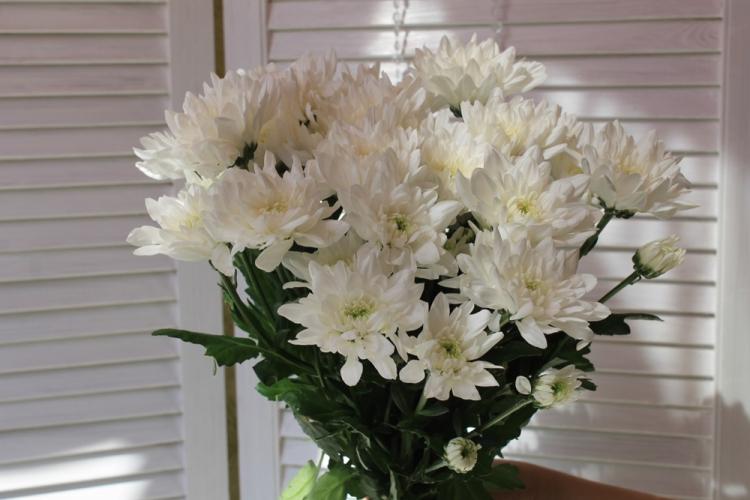
Chrysanthemums can be herbaceous or semi-shrubs, annual or perennial, with smooth or pubescent stems. Flowers are collected in a basket, but the inflorescences differ significantly from each other, depending on the species.
Annual varieties live only one season before frost, but at the same time they are very unpretentious, and they can be planted directly on a flower bed. Perennials require more delicate handling and are classified among themselves into greenhouse and Korean. Korean varieties are frost-resistant and can even winter outdoors.
Most species bloom in autumn, with different varieties covering the entire period from September to November. But there are also summer wild chrysanthemums, the buds of which bloom in June and July.
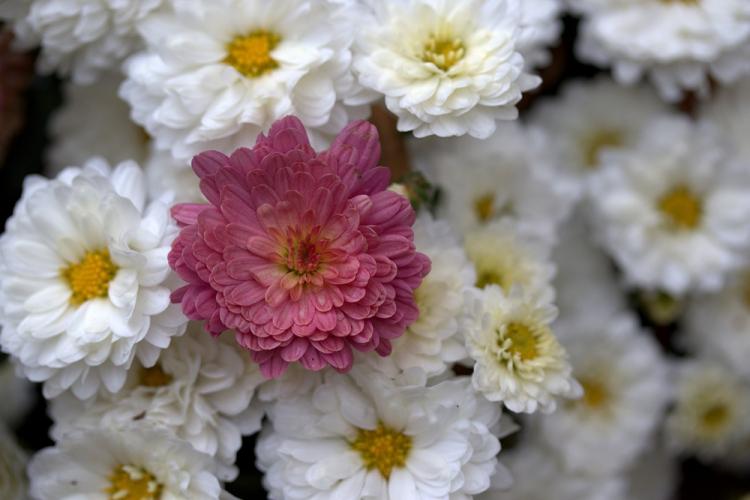
Distribution history
The history of the emergence of chrysanthemums is shrouded in legends and mysteries, because their history is more than 3 thousand years old. And the first mentions and descriptions of a similar flower were found in ancient Chinese manuscripts of the 15th century BC. Their images are found even on ceramic decorations of that time, found by archaeologists.
The city of Chu-San is named after the legendary plant, which literally means "Chrysanthemum City". Along with the orchid, bamboo and plum, this is one of the most respected and revered symbols. Ordinary people did not even have the right to grow this flower, and the ancient Chinese army took it as their symbol.
But for a long time there was no variety, and only by the end of the first millennium, several dozen varieties appeared. But by the middle of the second millennium, this number exceeded 3 thousand.
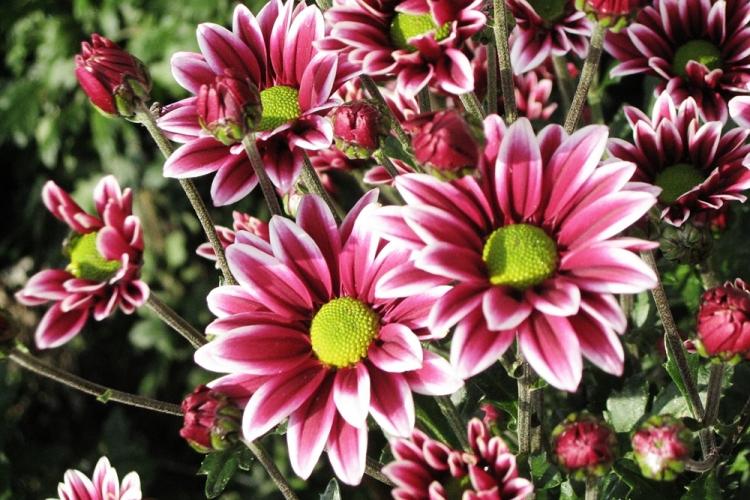
The Chinese rulers did not want the chrysanthemum to leave the country, but one day Buddhist monks transported it to Japan. And it was local growers who were able to achieve species diversity, including large, small and terry varieties.
Since then, the chrysanthemum has adorned the state emblem, coins, top awards and the official imperial seal in Japan. And some varieties are eaten as vegetables or a dessert for vitality.
In Europe, chrysanthemums began to be cultivated in Holland, and in the 17-18 centuries they gradually spread to other countries. And thanks to its unpretentiousness, this species soon appeared in gardens around the world.
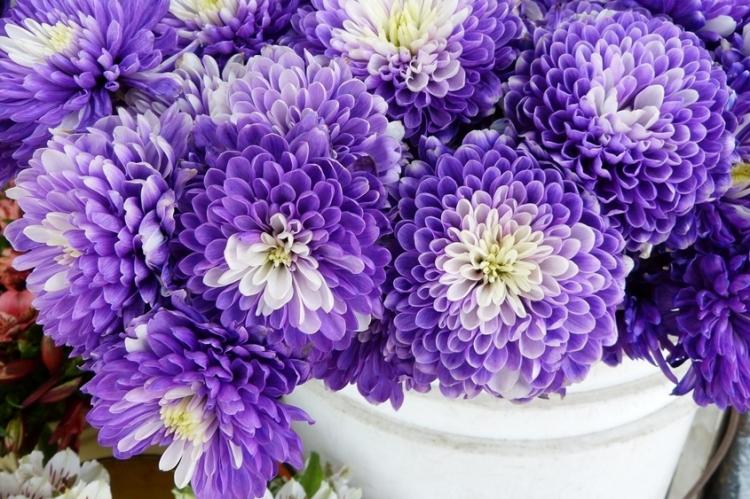
Chrysanthemum species
The wealth of modern varieties comes from just two species: the southeastern Indian and the Chinese mulberry. Some chrysanthemums are cut only in greenhouses, others outdoors or even in pots.
Gazelle
An early large-flowered variety begins to bloom in late summer, grows up to 60 cm and is used for bouquets. Smooth shoots with small light green leaves are adorned with large double white flowers that can grow up to 16 cm in diameter.
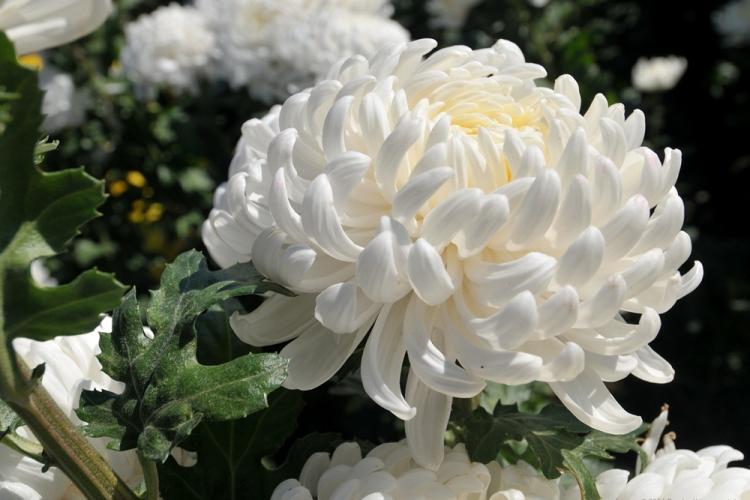
Alyonushka
A graceful tall shrub with small pink flowers up to 35 cm in diameter.The variety belongs to the early and begins to bloom in September, and the diameter of the blossoming buds is up to 6-7 cm. The dense dark green foliage creates a bright juicy background during flowering.
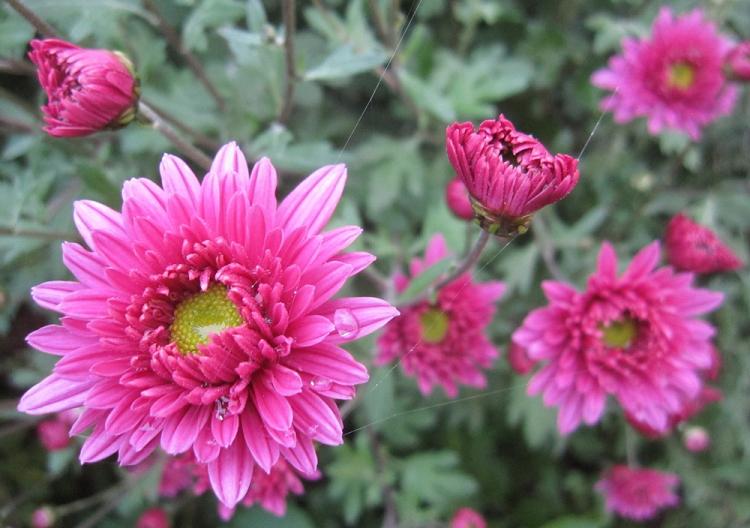
Evelyn Bush
This is a classic white chrysanthemum native to England with powerful stems densely covered with dark leaves. The bushes reach a height of 1.5 m and need a support so that dense dense double flowers do not outweigh. Spherical inflorescences easily reach 15 cm, and gradually turn yellow towards the middle. Evelyn Bush is a variety with increased resistance to disease and frost, just warm the rhizome for winter.
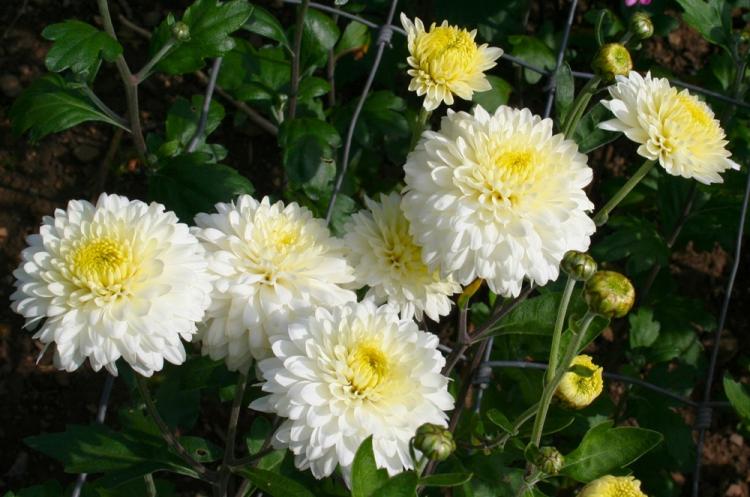
Valentina Tereshkova
An elegant decorative variety of large-flowered chrysanthemums of a delicate pink shade was bred in the Crimea. Unlike Gazelle, Valentina Tereshkova has large expressive leaves. The color of the flowers is not uniform: it is darker in the middle, and brightens towards the lower edges.
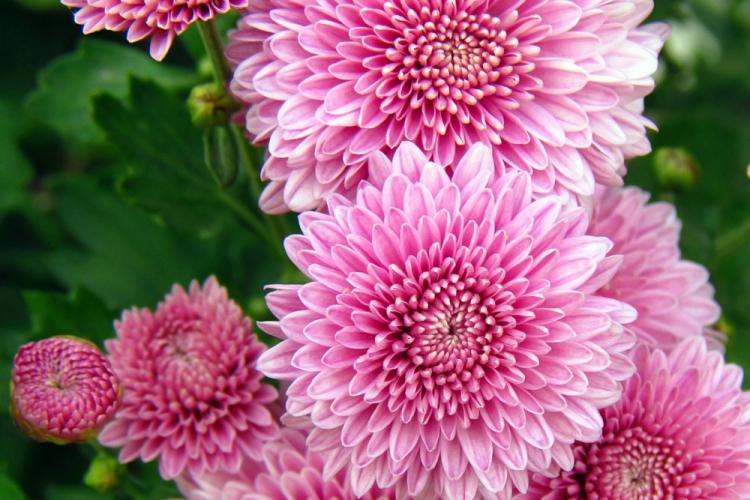
Ida
The graceful spherical bush grows up to 60 cm and is covered with small flowers up to 3 cm in diameter. It is a perennial variety of chrysanthemums that begins to bloom by the end of September or early October.
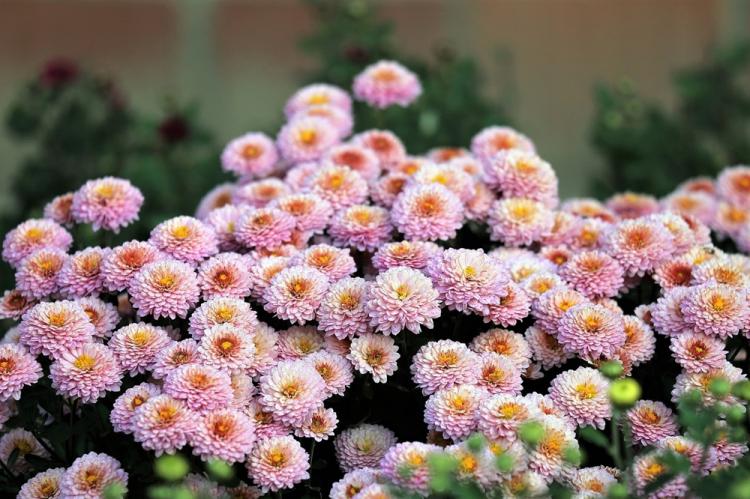
Flammenstahl
The popular annual variety is planted with seedlings every spring and belongs to keeled chrysanthemums. The flowers resemble chamomile, only in a bright fiery or purple hue with a yellow border and a golden core. In bouquets, Flammenstahl is in perfect harmony with the same colored keeled chrysanthemums.

Cockade
Cockard is a bright and expressive variety, the peculiarity of which is its long three-month flowering, which begins in July. Simple non-double flowers are more like buds with snow-white petals, a bright ocher center and contrasting red-brown rings.
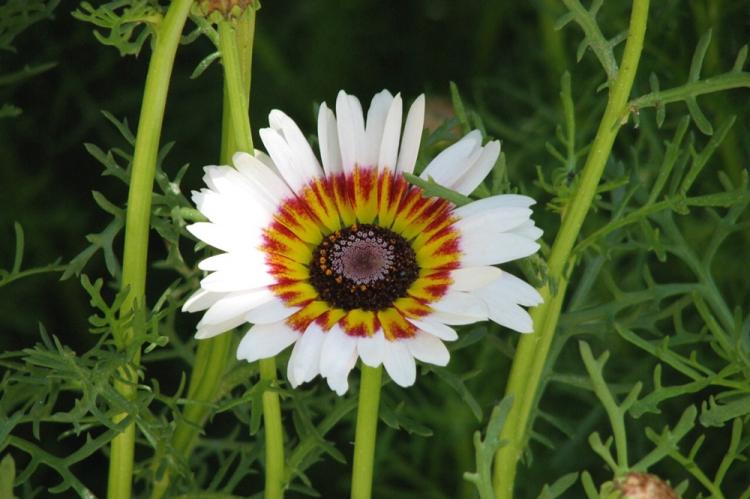
Multiflora
The main feature of this variety is a huge and varied range of colors: from white and pink to yellow, orange, red and even almost purple. A perennial species with abundant small flowering on spherical bushes blooms in all its glory by September.
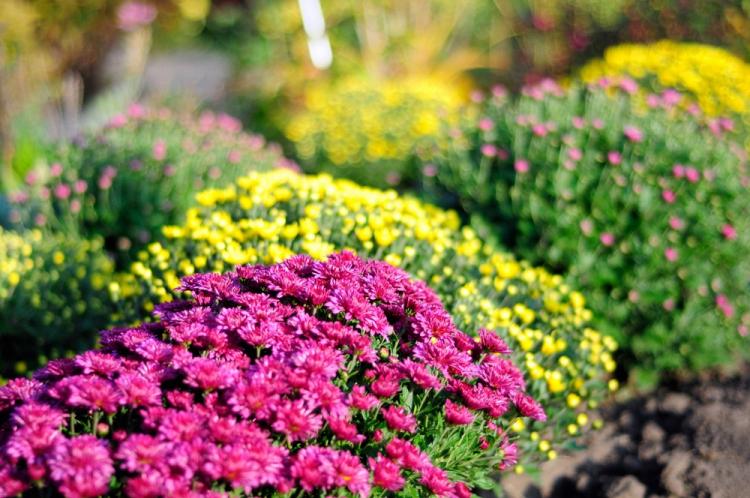
Sowing chrysanthemum
This small perennial variety is also called field variety, and outwardly it is most similar to large daisies. White, yellow or grayish petals grow around a flat core with a diameter of 3-5 cm. The height of the bush is 30-60 cm, and all of it is dotted with feathery or serrated textured leaves.
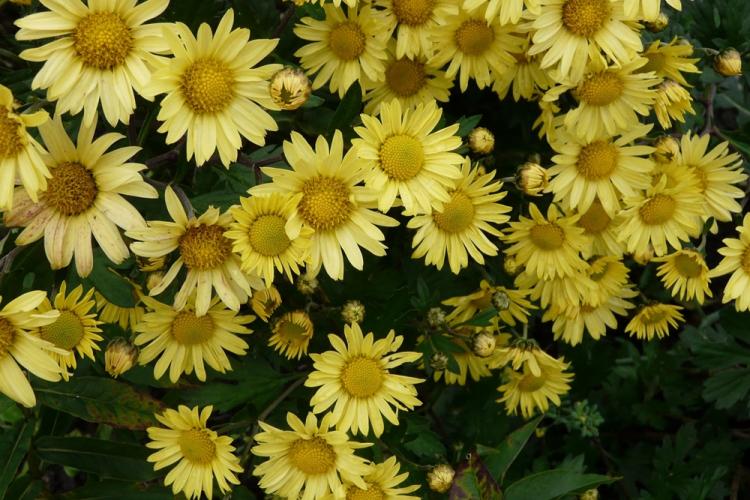
Zembla
The decorative medium-flowered variety is actively used for bouquets due to its neat, even shoots. The stem is densely covered with leaves - dark green, fancy cut shape. The flowers are also lush, in the form of graceful and elegant hemispheres of yellow, orange or pink with a greenish core.
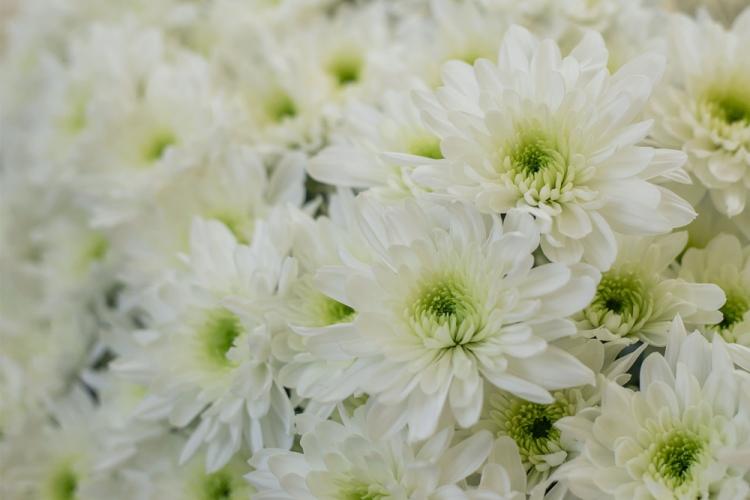
Shamrock
The lush, single-headed chrysanthemum is notable for its voluminous spherical flower, the petals of which are turned upward and tightly cover the entire core. The diameter of the ball reaches 10-12 cm, and an unusual green shade is combined with the same unusual pronounced aroma. The height of the flower is up to 80 cm, and in a bouquet it can stand up to 20 days.
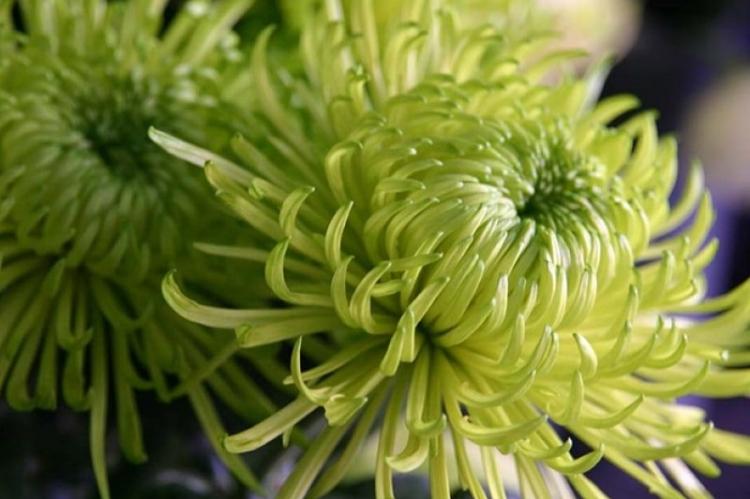
Chrysanthemum care
To enjoy the beauty of bright chrysanthemums without unnecessary problems and efforts, you will have to immediately create favorable conditions for the flower. The subtleties of the content in the soil or in flowerpots are almost the same - rather, they are influenced by the characteristics of a particular variety.
Temperature
Chrysanthemums tolerate high temperatures, and some species also tolerate frosts down to -10 degrees. Shoots grow at 2-6 degrees, and buds are formed at 10. Only heat above 30 degrees under the scorching sun can be dangerous.
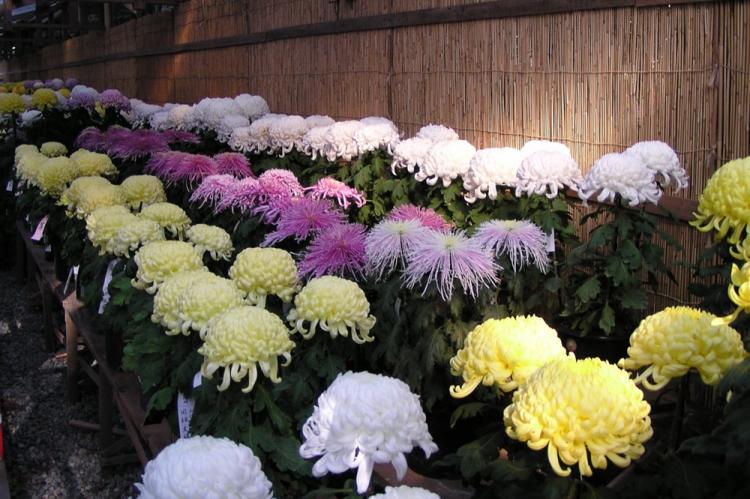
The soil
Chrysanthemums prefer loamy nutrient soils, but even poor sandy or clayey soil can be significantly improved if done early. Keep in mind that flowers do not take root in lowlands with constant waterlogging and the risk of waterlogging.
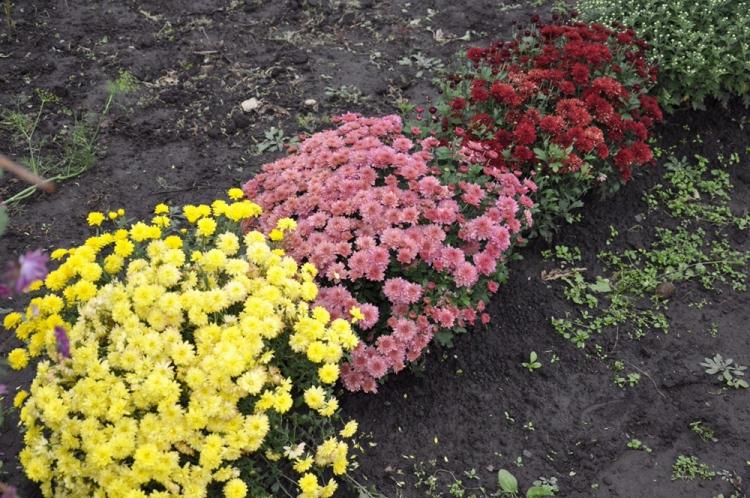
Lighting
Chrysanthemums love an abundance of light, so plant them only in well-lit areas. At the same time, do not worry about the wind and draft - the flower is almost insensitive to them.Keep in mind that in summer, with a long daylight hours, stems with leaves are formed, and in autumn, with a short day, flower buds are formed.
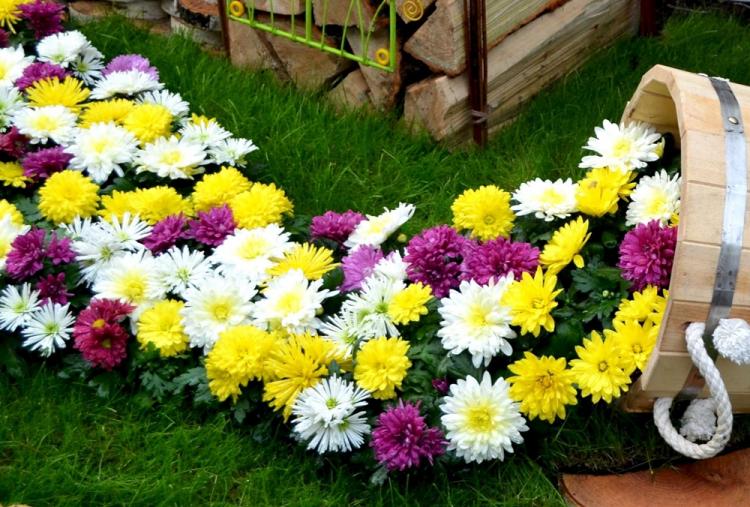
Watering
At high humidity, chrysanthemums die, so it is better not to water some varieties at all. Regular watering is needed only at the stage of active growth, and then be sure to monitor the current state of the flowers. Use soft warm water for watering and try not to wet the foliage and base of the bush.

Fertilizers and feeding
To saturate the soil, add peat, humus and compost, and if the soil is too heavy, add sand. Organic and mineral fertilizers are introduced during digging before planting. When choosing specific formulations, take into account the variety of your flowers and be sure to cover the fertilizer deeper.
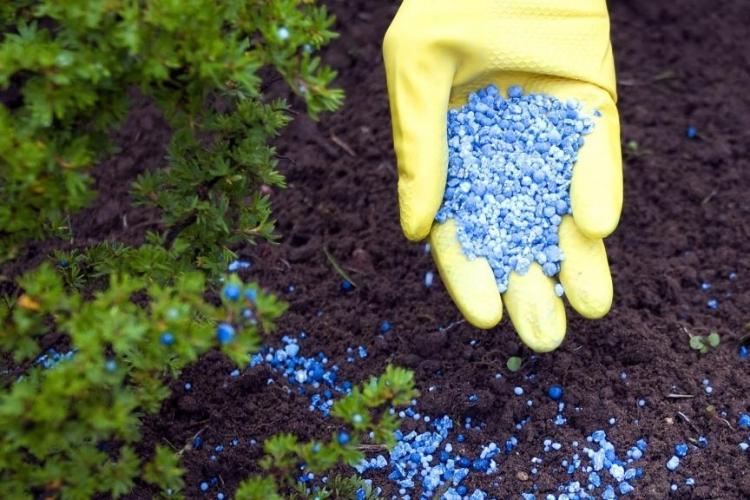
Pruning
If you need dense, dense and compact shrubs, gradually shorten the tops. For volume and splendor, shoots can be pinched in two passes: main and lateral. Always remove faded and damaged flowers immediately: this makes the bush look cleaner and the risk of disease is lower.
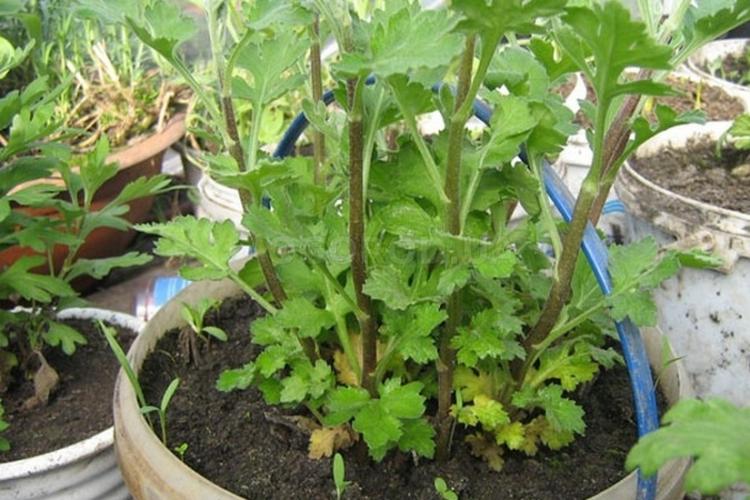
Planting and breeding chrysanthemums
For planting chrysanthemums in open ground, it is recommended to choose rainy and cloudy days. Dig a hole up to 40 cm, plenty of fields and think over a drainage system. After that, place and dig in the chrysanthemum, just do not deepen it too much: its rhizome grows parallel to the ground.
If you prepare the soil correctly, you can safely transplant even flowering chrysanthemums. The main thing is to improve the quality of the soil in about a month, and apply fertilizers in a couple of days. And after planting, for the first time, the area is shaded with a non-woven material until the flower takes root.
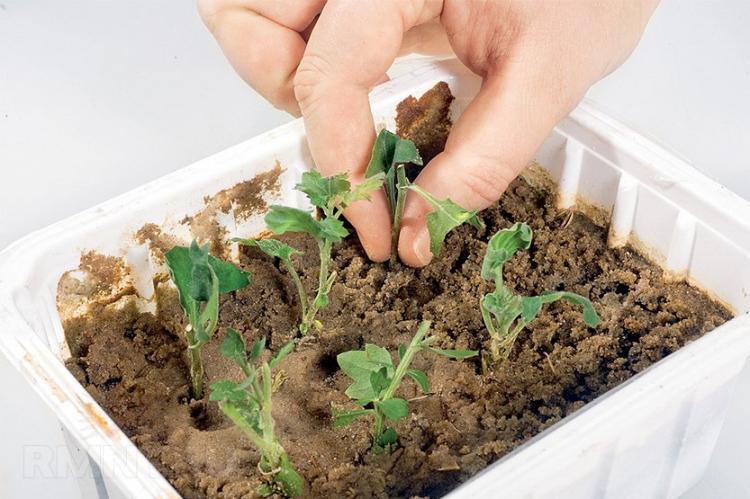
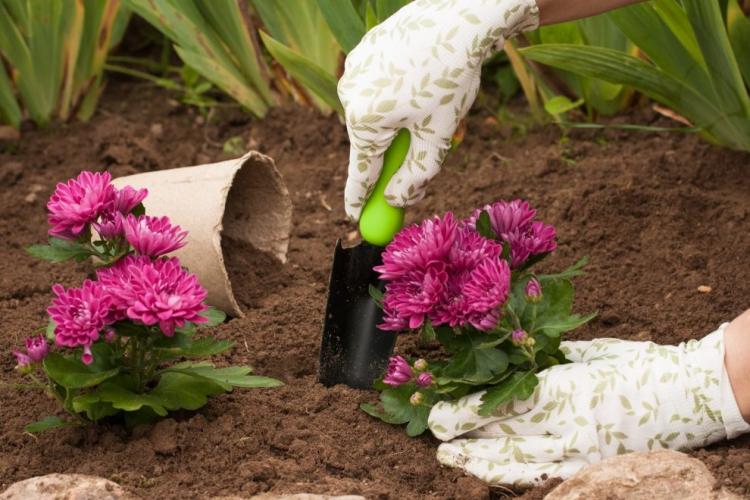
Pest and disease control
Although chrysanthemums are unpretentious, they are still not devoid of problems, diseases and pests. The most common are fungal infections that arise from improper watering, high acidity, excess nitrogen, or poor air circulation.
If the leaves turn yellow and become covered with spots, all affected areas must be cut off as soon as possible: the disease spreads from the bottom up. Remember to use fungicides and remove dead plants regularly.
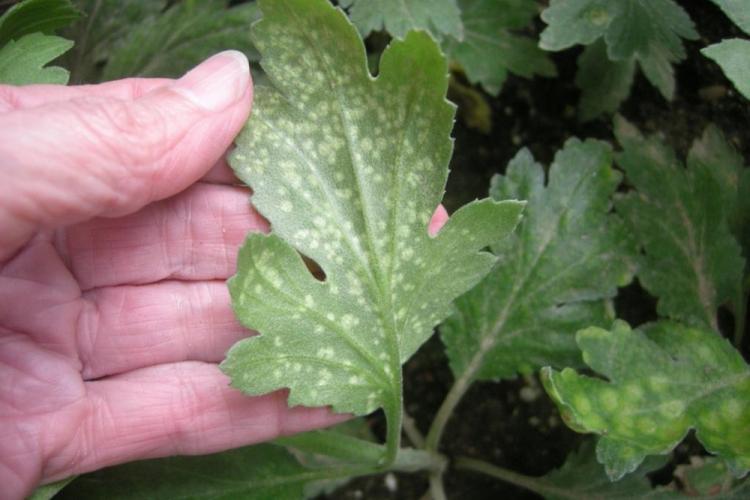
Also fungal diseases include rust, wilting, powdery mildew. The methods of struggle remain the same: to improve ventilation, thin out the bushes, monitor the pH balance of the soil and the frequency of watering.
The most common virus among chrysanthemums is the so-called mosaic, due to which plants stagnate and wither. If any viral diseases are found, the affected plants must be removed and destroyed.
One of the reasons for yellow-brown spots is nematodes, which winter well right in the soil. There are also aphids, which feed on the sap of young plants, and a spider mite, which loves dry, hot weather. To combat parasites, insecticides are used, and you can remove them from the leaves directly during irrigation with a stream of water.
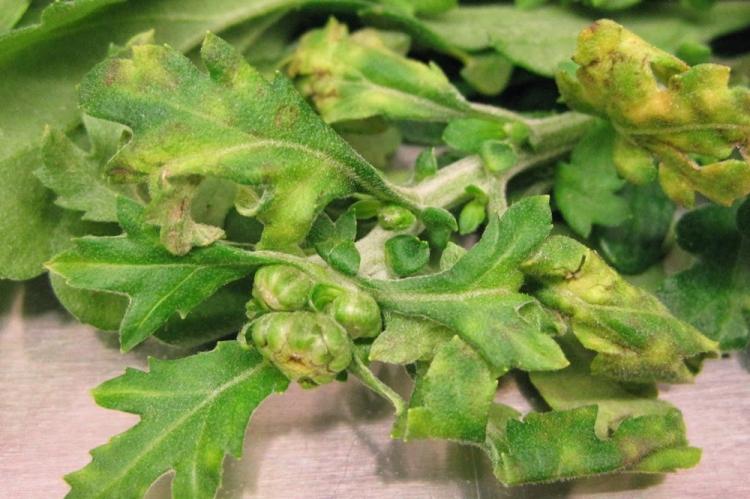
Chrysanthemums - photo
It is impossible to cover all the variety and luxurious chrysanthemums in just a few sections. In order to become more imbued with the beauty and grace of a delicate flower, we have collected this selection of photos for you!
